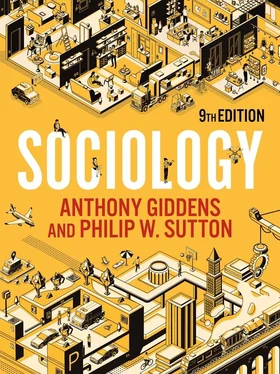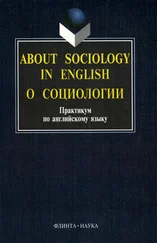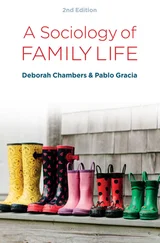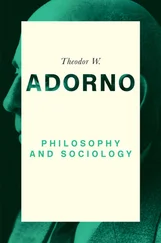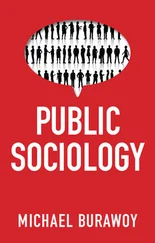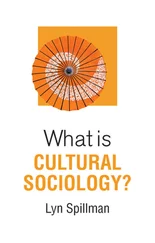The fact that some students left early and the experiment was cut short suggests that the experiment’s effects were significant. But which aspects of prison life could experiments of this kind never replicate? Write a 500-word position paper explaining the benefits of allowing sociologists to conduct experiments using human beings. What are the counterarguments?
A historical perspective is also essential in sociological research, as we frequently need a time perspective to make sense of the material we collect about a particular problem. Sociologists commonly want to investigate past events directly. Some periods of history can be studied in a direct way while there are still survivors around, and there have been some insightful studies of the Holocaust in Europe during the Second World War. Research in oral history means interviewing people about events they were part of or witnessed at earlier points in their lives. This kind of direct testimony can be gained, at most, for sixty or seventy years back in time.
For historical research into earlier periods, sociologists draw on documentary research, using written records often contained in the special collections of libraries or other archives. The range of useful documents is extensive, taking in personal sources such as diaries, official sources such as policy documents, records of births and deaths, tax records, and documents from private bodies such as businesses and voluntary organizations, as well as magazines and newspapers. Depending on the research question, historical documents such as these can all constitute primary sources just as much as the data recorded in interviews with war survivors. However, historical sociologists also make use of secondary sources: accounts of historical events written by people after the event. Most documentary studies utilize both primary and secondary sources. However, sociologists face the same issues as historians when they use such sources. How authentic are the documents? Is the information within them reliable? Do they represent only a partial viewpoint? Documentary research requires a patient, systematic approach to sources and their interpretation.
An interesting example of the use of historical documents is Anthony Ashworth’s study of trench warfare during the First World War (Ashworth 1980). Ashworth drew on diverse documentary sources: official histories of the war, official publications of the time, notes and records kept by soldiers, and personal accounts of war experiences. He was able to develop a rich and detailed description of life in the trenches that contained some surprises. For instance, he found that most soldiers formed their own ideas about how often they intended to engage in combat and often ignored the rules and commands of their officers.
Ashworth’s research concentrated on a relatively short time period – 1914 to 1918 – but there have been many studies investigating social change over much longer periods, making use of comparative research in that historical context. A modern classic of comparative historical sociology is Theda Skocpol’s (1979) analysis of social revolutions, which is discussed in ‘Classic studies’ 2.2.
Although anthropology has long made use of visual sources of information such as photographs and film footage, sociology has tended to be a subject focused on written texts (Harper 2010). That is not to say that sociologists do not produce their own visual materials. Representations of numerical and statistical information are turned into easy-to-read pie charts, tables and graphical representations, while ethnographic research is often presented with photographs included. However, these visual elements are almost always ancillary to the main text, which is the more significant part of the articles and books through which the sociologist’s arguments are made (Chaplin 1994).
In more recent years some research studies have made use of digital technologies and devices to document areas of social life that are hard to access. For example, Bancroft and his colleagues (2014) recruited female students into their project aimed at exploring young women’s drinking culture in Edinburgh, Scotland. The students effectively became participant-researchers, using smartphone cameras to document their own pleasureseeking activities in the night-time economy. We can probably expect this kind of approach to become more commonplace in certain types of research project in the future.
Some sociologists have become increasingly interested in a ‘visual sociology’, in which photographs, film, television programmes, video, and so on, are objects of study in their own right (Tinkler 2013). Hence, family photograph albums can be treated as key resources in understanding the passage of generations, while the history of film or art can tell us something of the social norms, dress codes and manners of earlier times. But the process of production through which visual materials come into being also forms a field of study, and we can ask some familiar questions about them. Who produced them? For what reason? How were they produced? What has been included and what omitted? Studying the production of visual materials forms one part of the broader field of the production of culture, through which we gain a better understanding of how different societies represent their ways of life to their members.
Classic studies 2.2 Theda Skocpol’s comparison of social revolutions
The research problem
As all students of sociology and history are taught, the French Revolution of 1789 transformed France for ever. But why did it happen at that time? Was it just a historical accident or was it inevitable? The early twentieth-century revolutions in China and Russia not only turned those countries into communist societies, they also significantly shaped the direction of the modern world itself. Again, why then? The American sociologist Theda Skocpol (1947–) set out to uncover the similarities and differences across these revolutionary periods. Her ambitious task was to produce a general theory of the origins and nature of revolution grounded in detailed empirical studies. The result was States and Social Revolutions (1979), one of the classic studies of long-term social transformation.
Skocpol looked at the processes of revolution in three different historical contexts: the 1789 French Revolution (1786–1800); the 1917 revolutions in Russia (1917–21) and the revolutionary period in China (1911–49). Given the essentially historical questions asked, her main method was the use and careful interpretation of a range of primary and secondary documentary sources. Although there are many differences between the three cases, Skocpol argues that their underlying structural causes are, in fact, similar. She rejects the Marxist idea that revolutions are the intentional product of mass, class-based movements with deep grievances. Instead, she argues that revolutions are not made, they come. That is, social revolutions are largely the result of the unintended consequences of intentional human actions. Before the Russian Revolution, for instance, various political groups were trying to overthrow the existing regime, but none of these – including the Bolsheviks, who eventually came to power – anticipated the revolution that occurred. A series of clashes and confrontations gave rise to a process of social transformation much deeper and more radical than anyone had foreseen.
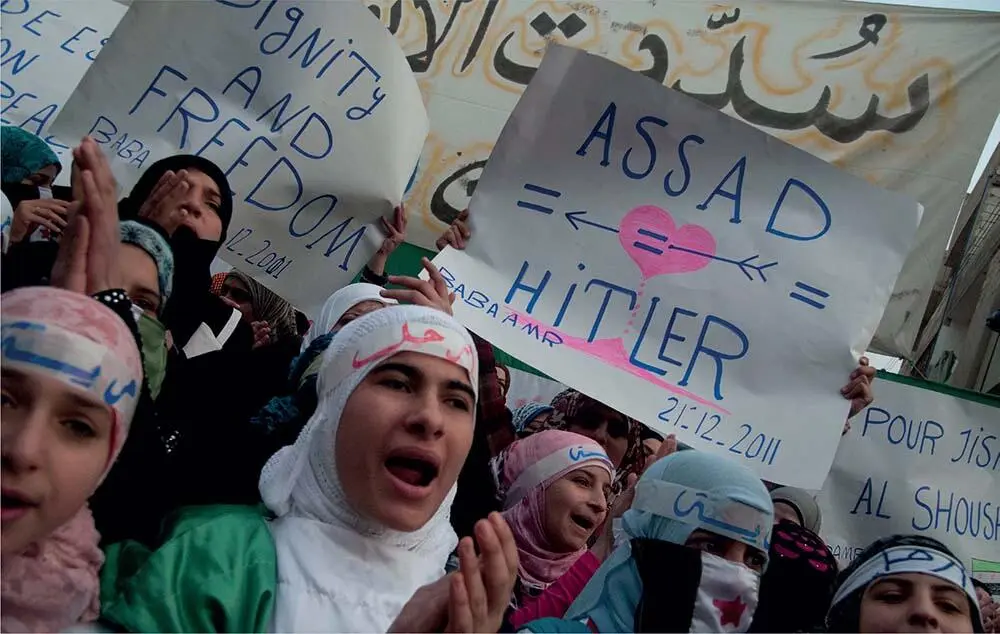
The so-called Arab Spring, which began in December 2010, saw large-scale protests against numerous regimes in the Middle East and North Africa. In Syria the situation developed into a complex civil war and, by December 2020 – one decade after the start of the original protests in Tunisia – Bashar al-Assad’s regime looked to have clung on to power. Mass social unrest does not always lead to revolution.
Читать дальше
